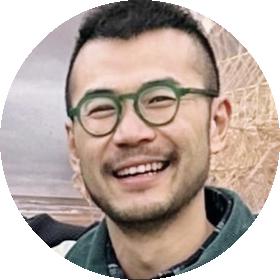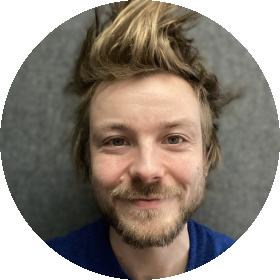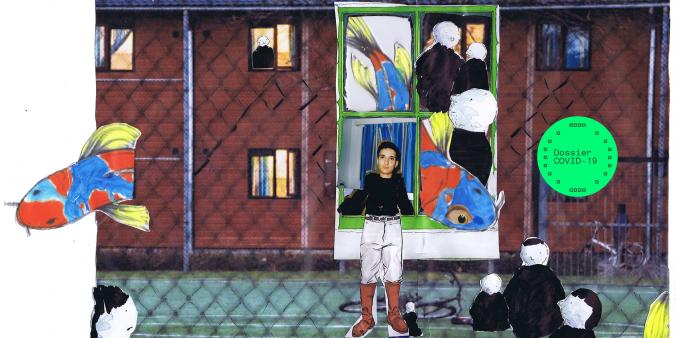
In this series of interviews with a young generation of makers, five young artists from different disciplines reflect on their artistic practice, collaborations and their future ambitions. A central question is: how does this new generation of artists make use of technology, digital platforms and social media? We kick off the series Mike Megens (Nijmegen NL, 1993) and Sid Dankers (Brussels BE, 1998), who graduated last year from the fine arts department of St. Joost School of Art & Design in Breda. Dankers is now doing his masters at LUCA School of Arts in Brussels. They work both individually and as a duo.
Class of 2020
Graduating from an art academy and finding your way in the art world can be rough, and even more so during the pandemic. In the first lockdown, educational institutions were fully closed, so the graduates couldn’t make use of any of facilities at school. Also, public exhibitions were not allowed for a considerable period. That’s why many graduation shows moved to an online environment and graduating students had to alter their plans.
The St. Joost School of Art & Design prepared an alternative exhibition on several locations in both Breda and Den Bosch, alongside an online programme: Now Show for all bachelor graduates from 8 till 11 October 2020. Sid Dankers and Mike Megens, graduates of the Art & Research track, were asked to create a digital contribution to the programme and came up with an experimental 72 hour live stream, called Live Streaming: A Radical Approach.
“Throughout the graduation year, we thought of creating a tv show with our classmates and we researched the concept, but we didn’t work it out further. That was until the academy asked us to think about the digital contribution to the graduation show. It started off as a side project, but it kept becoming bigger,” says Megens.
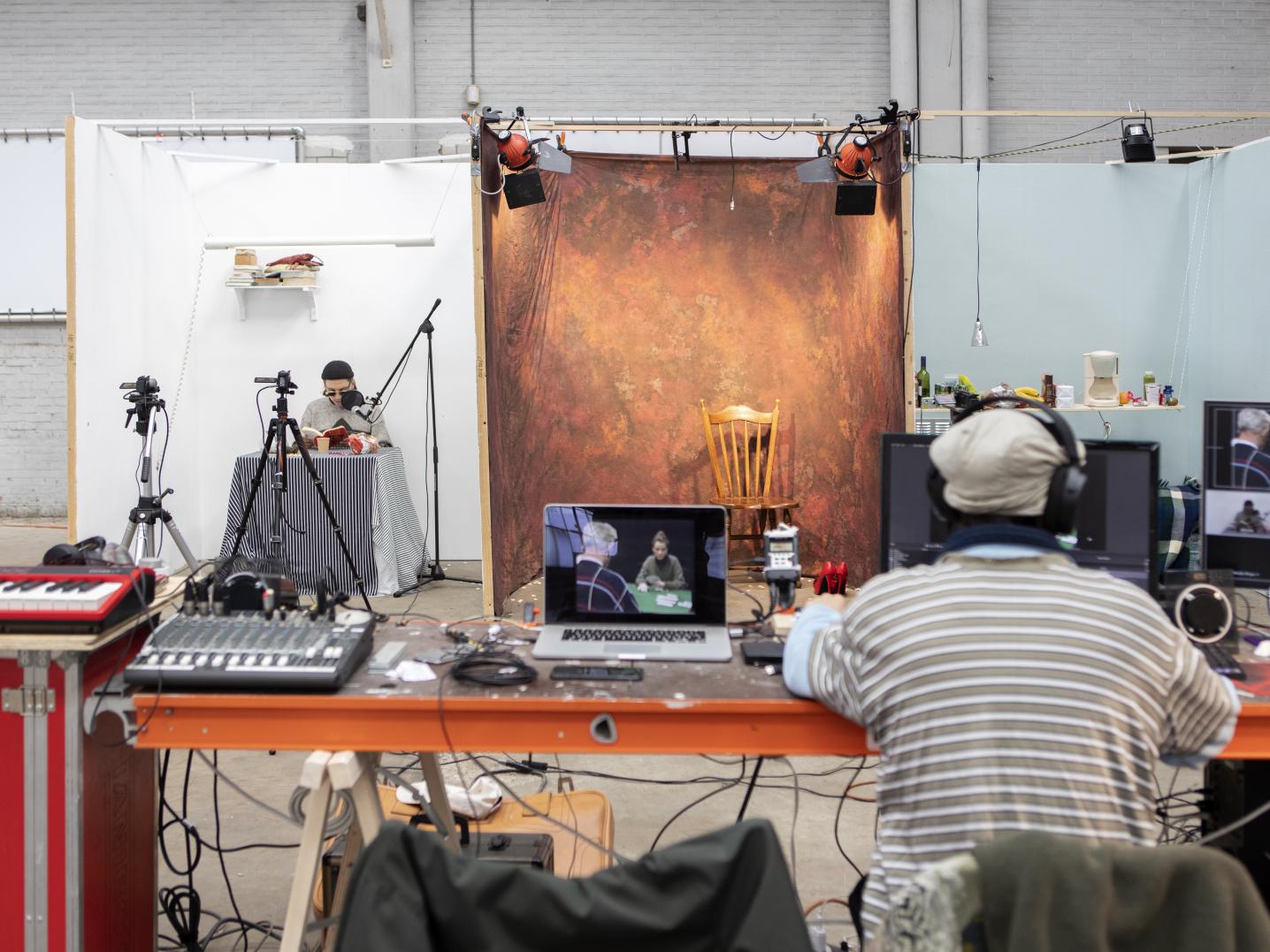
A Radical Approach
Right after the opening of the graduation show, online visitors were able to book their timeslots for the physical exhibition, join online lectures and talks, then return to the live stream. The purpose of the experiment was to simultaneously provide a virtual streaming space as well as an opportunity for experimentation and collaboration with other graduating artists. This took the form of a three hour talk show in which Dankers welcomed other graduates to the set to talk about their work or stage a performance.
The work as a whole questioned the centrality of the individual artist as opposed to a more collective experience and authorship. This was emphasised by the fact that the live stream could be watched for free via the platform Twitch, which holds a collectivising or even democratising power. The stream was also accessible for unrelated and anonymous visitors.
The duo explored different digital contexts by means of collage techniques, overlays and new compositions of live and recorded content. Yet in the end, they tried to keep the technology simple enough to be able to operate it themselves and focus on the performative, visual and aesthetic aspects and layers of the stream at the same time. Dull moments of eating, sleeping and resting were also directly streamed. Along the way, physical conditions became more present. Hosting a show, providing entertainment and communicating with an audience became less important.
The live stream as a medium, challenges concepts such as the conservation and preservation of art. Although it is recorded, there is no point in publishing the registration of the entire live stream according to the two young artists. “The limited space and time are great forces during a live stream. When the live aspect elapses, a layer of the work dissolves and it changes the whole thing,” Dankers says. Megens agrees and elaborates: “The recorded material itself has lost a sense of meaning. We only use it for compilated clips for communication or promotion of our work or of others participating in it.”
ALL INN
The work of Dankers and Megens fits right into a movement among young artists and art academies in the Netherlands, who prefer the collective experience above the individual. In the spring of 2021, for the first time in history, 175 fine arts graduates of the year 2020 were united in one exhibition titled ALL INN, aiming to create a dialogue between the participating artists and represent the diversity of all graduation pieces. After the success of their previous one, Dankers and Megens were asked to create another live stream, headlining the online programme of the exhibition.
The show took place at Museum Het HEM in Zaandam last March and April in the middle of the second lockdown in the Netherlands, so there was no possibility to make the exhibit publicly accessible. Hence, the digital presentation was an important aspect for curator Rieke Vos. “Every form of art has different qualities that must be weighed for the translation into a digital form, and vice versa. For instance, Instagram is very suitable for telling personal stories, whereas a live stream facilitates more spontaneous events,” says Vos. She believes that there’s no standard solution for curating a digital exhibition: “Every aspect of the exhibit was executed via its own route and logic.”
Call for participation
The goal was to create a collective broadcast through a variety of images, narratives, characters, music and language. Since there was no audience allowed, the other exhibiting artists were the only ones able to join the performance area. The live stream took place at the former kitchen at Het HEM, which is reflected in the title of the work: I don’t think we have anymore Stream left. I’ll check with the kitchen. This setting was extremely important for them and provided everyone with a starting point for a narrative of the performance.
“Besides the kitchen, the context was completely strange to us. We didn’t know everyone as we did at the St. Joost graduation show. So we had to open and expose ourselves, and to invite other graduates to participate in the live stream,” Megens admits. They dressed up as a waiter and a cook and invited others to leave their comfort zone too.
Unexpectedly, six or seven graduates from other art academies, already while building upon location, signed up to join the kitchen. They all had a similar affinity with performance art or live streaming. Some of them created new work, others just assisted technically by turning a camera or pressing some buttons to change an angle. Dankers: “For us, it was rather intense, because while performing we also played the role of the director, cameraman, sound and light technician, so we appreciated any contribution or help.”
“We kept a list of people who wanted to participate, but often one thing flowed over into the next. I remember the guy that was watching us on set for a few hours already,” says Megens. “We asked him if he wanted to join, but he was hesitant. The next day, he came back with some sort of face mask of an insect and stood in the corner of the shot. It really made me happy, that he found the time and space to overcome this barrier and participated on his own terms."
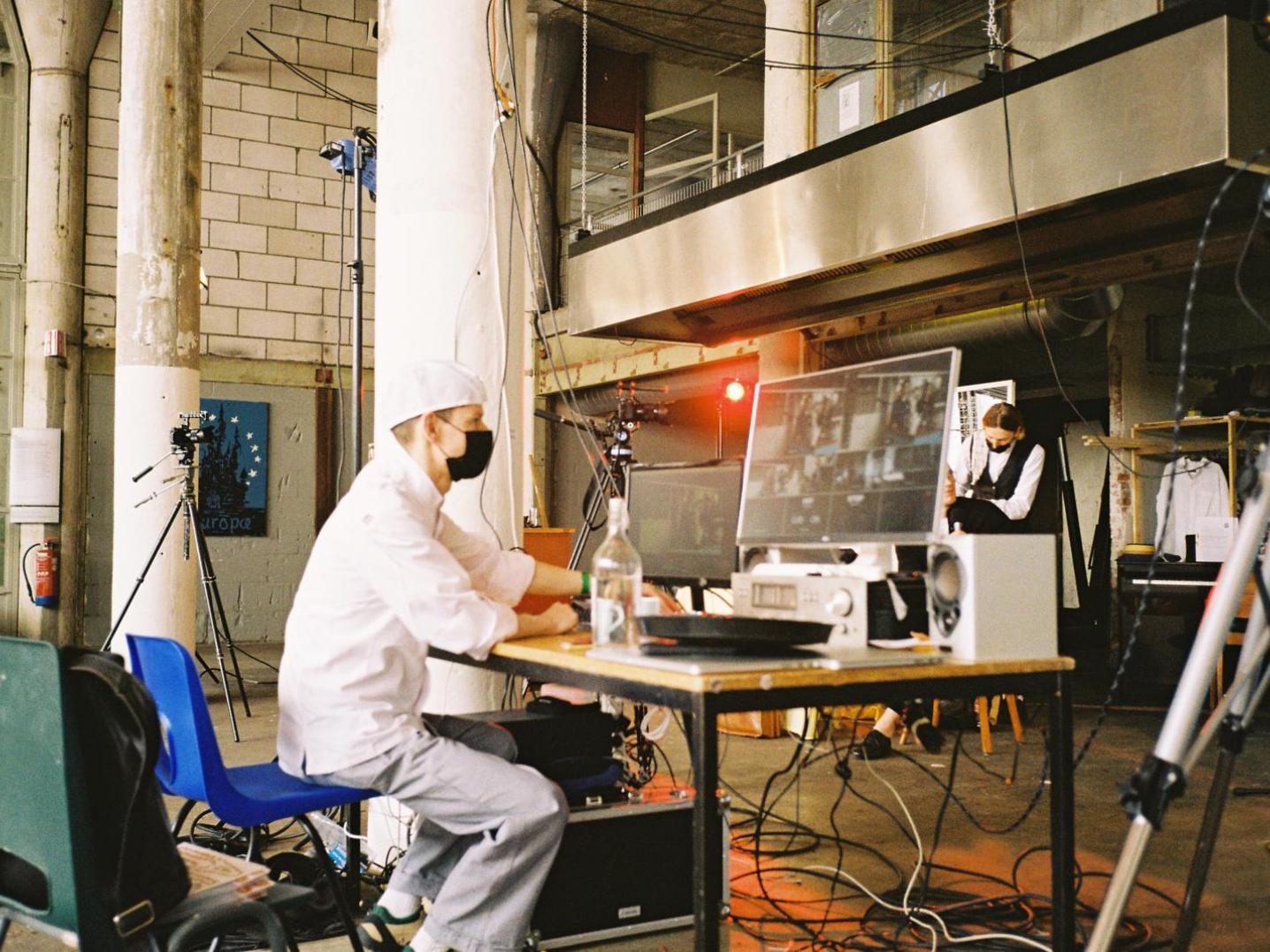
Virtually but site specific
Although the performance is virtual, the physical environment is extremely relevant. Dankers: “A clear and recognisable context forms a great starting point for creating a narrative of images, language and actions. The possibilities and limitations of the room, in this case, a dysfunctional kitchen, facilitate questions such as: what is needed to let something happening during a specific amount of time, at a specific location?”
According to both artists, it’s crucial to agree on certain expectations and guiding rules beforehand, to gain trust in each other but also in the curator and even the audience. Because of all the attention via social media, the stream reached a bigger audience than they expected. “We couldn’t keep track of who was watching and commenting, so at that point, we definitely couldn’t control any expectations or reactions,” Megens says.
“Along the way, you build around a concept or structure in which specific terms and conditions can be set and altered,” explains Dankers. “For us, it’s clear that we could do anything because we create it on our own artistic terms. Unlike at school, we might textually justify our practice when we collaborate or associate with an institution or organisation because our work is not yet visible or tangible since it’s created within the moment itself. That can actually be really helpful for us to form our concepts or ideas further.”
Future ambitions
The two fresh graduates, Dankers and Megens both recognise the challenges of finding their feet in the arts world. An academy is a safe haven for artistic experiment, development and failure. Megens: “After graduating, you find out about funding schemes, selections for programmes and all sorts of open calls. Now I have to represent myself and my ideas in a project proposal to receive funding. I am happy with my friends knowing me so well, that they can help me figure these things out. For me, it’s a great motivation to know that we’re in it together.”
For the future, he fantasises about a ‘mobile stream’, for which they would abandon all practical conditions like access to electricity and a stable internet connection. “What if we would choose to work within the least beneficial circumstances? Where would the stream take place? I would love to grab a car and take the stream up to the mountains, or other extreme locations.” Dankers is mainly interested in more permanent artistic base or residency at an institute, gallery or residency to explore the possibilities of the live stream as a site-specific medium.
Summer of streams
This summer, Dankers and Megens’ work will be featured during several projects. From 9 till 11 July, their work Facing non-objects, can we still run at The Grey Space in the Middle, as part of the The Hague Contemporary Art Weekend, was live-streamed. From 26 till 29 August, they will participate in This Art Fair with their work Bits and Pieces at the Kromhouthal in Amsterdam. Besides, they’re part of the project Alle Neuzen with other fine art graduates from St. Joost. A video installation of a performance together with SPMA collective will be shown at De Vitrines in Breda until 28 July.
In times of an overload of digital registrations and live streams, Dankers and Megens show the artistic value of the medium. They introduce themselves as ambitious, energetic and enthusiastic young artists, raising profound and critical questions about authorship, collectiveness and conservation of art.
